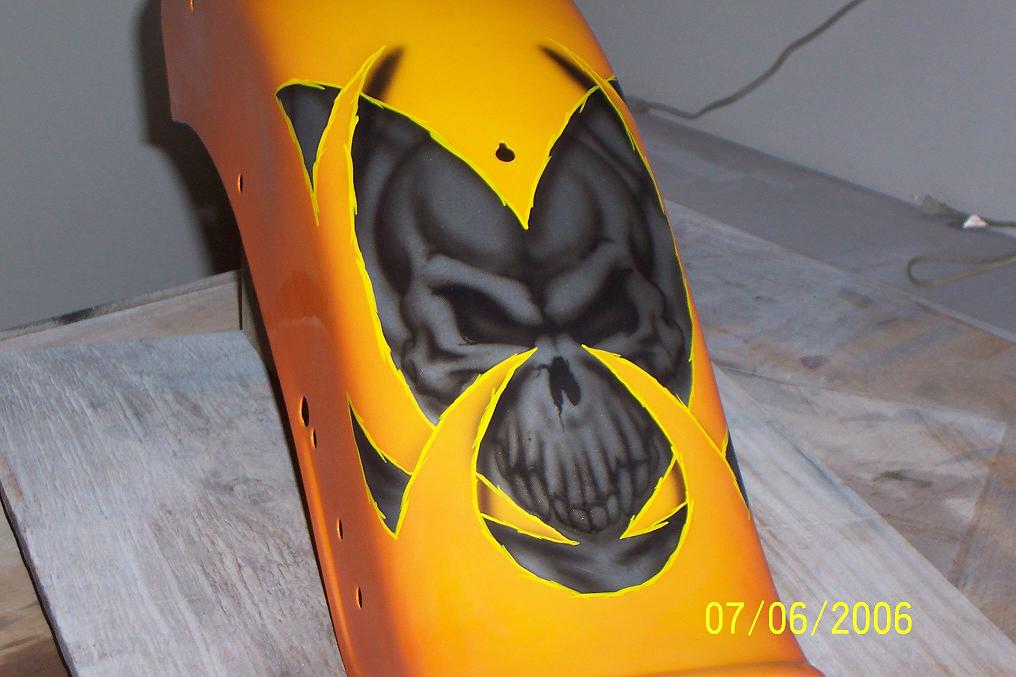
 |
|
||||||||||||
|
|
|||||||||||||
|
|
|||||||||||||
|
|
|||||||||||||
|
Etching Etching is used to remove rust, scale and other corrosion products from the surface of many metals. Pickling is often carried out in solutions of various acids with the addition of acid corrosion inhibitors, sometimes in alkalis. Corrosion inhibitors assist in the removal of contaminants while minimizing the loss of base metal. Etching is also divided into: chemical and electrochemical. Chemical etching is carried out in dissolved or concentrated acids and their mixtures. Sometimes the etching solution is heated to a certain temperature to intensify the removal of impurities. Concentrated hydrochloric acid heated to a temperature of 40°C is used for pickling carbon steels. The process lasts from five minutes to half an hour (depending on the contamination). Electrochemical etching is most often used for anodic or cathodic etching of carbon and alloy steels. It can be carried out in acidified solutions of iron salts or solutions of salts of alkali metals, hydrochloric and sulfuric acids and their mixtures. During cathodic etching, hydrogen ions are reduced, forming many bubbles on the surface of the metal. When the bubbles detach from the metal, the contamination is removed mechanically. Anodic etching is used less frequently, as it accelerates the dissolution of the base metal. The jewelry items are subjected to electrochemical or chemical polishing, and small pieces are cleaned by ultrasound. After etching, the metal item should be thoroughly rinsed and dried before the protective coating is applied. |
|
|
|
|
|
|
|
| Site Map |